Some of the new friends that have come into my life in Costa Rica are “seasonal” or some say “Snow Birds” who come to our tropical climate as an escape from the snow & ice up north during the coldest months. One, who has in the past stayed in Roca Verde just up the street from me, is Margaret from British Columbia, Canada and like me, a birder in her 80’s.
This year she decided to go beyond Atenas and see the birds and other sights of many areas of Costa Rica and brought her friend Pat with her. Here’s the diary or journal of their very economical adventure by public bus and staying in local B&Bs, like I did in my early years here . She included 45 photos that I could not copy with the story and adding all individually to this blog post would greatly slow it down, so I chose 4 to scatter throughout the story. And her good “storyteller” way of reporting their adventures makes her words the “illustrations.” Her third person references (you and yours) are to Jill, one of their first hostesses she was writing much of this to. The sub-headings are my addition to indicate the general area of Costa Rica they were in at that time of their trip. Enjoy! And plan your own adventure! 🙂 ¡Pura vida!
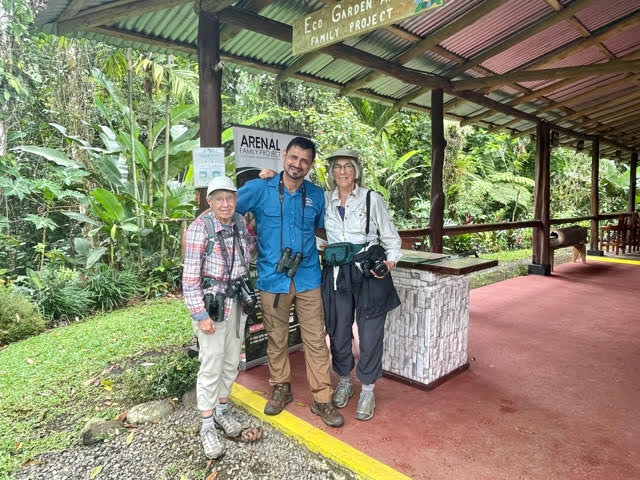
Margaret & Pat’s Costa Rica Adventure
By Margaret



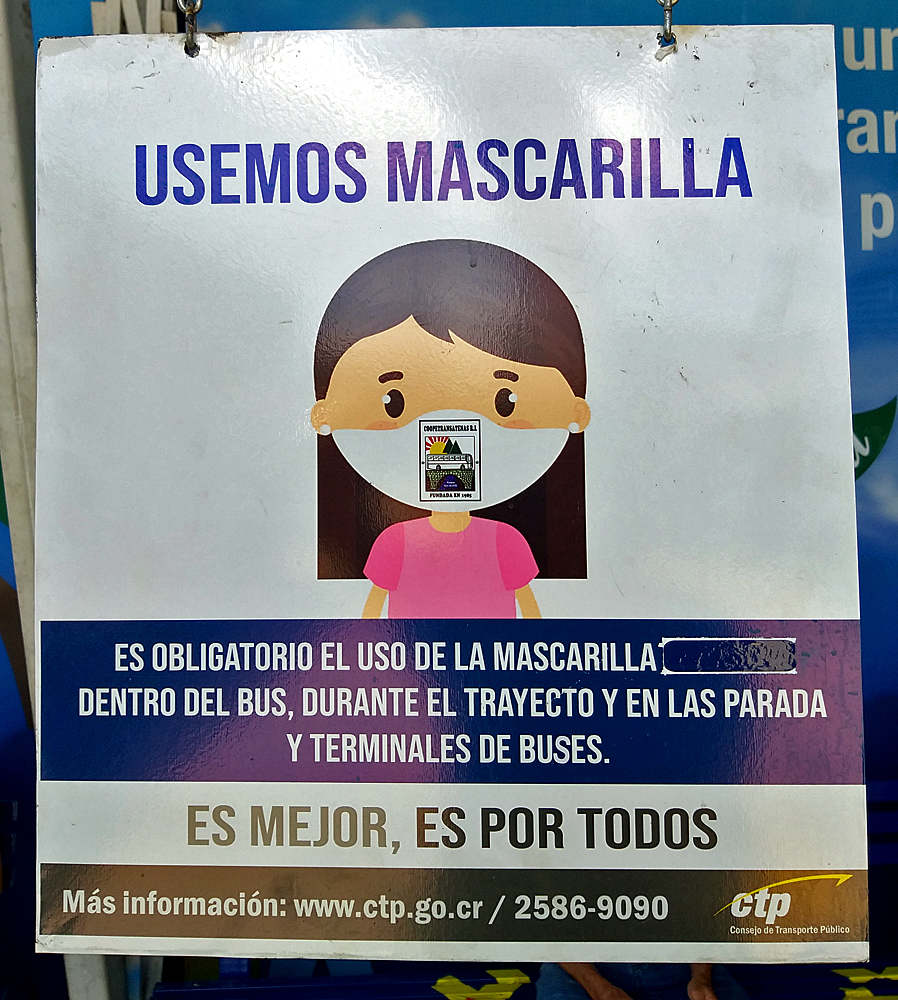


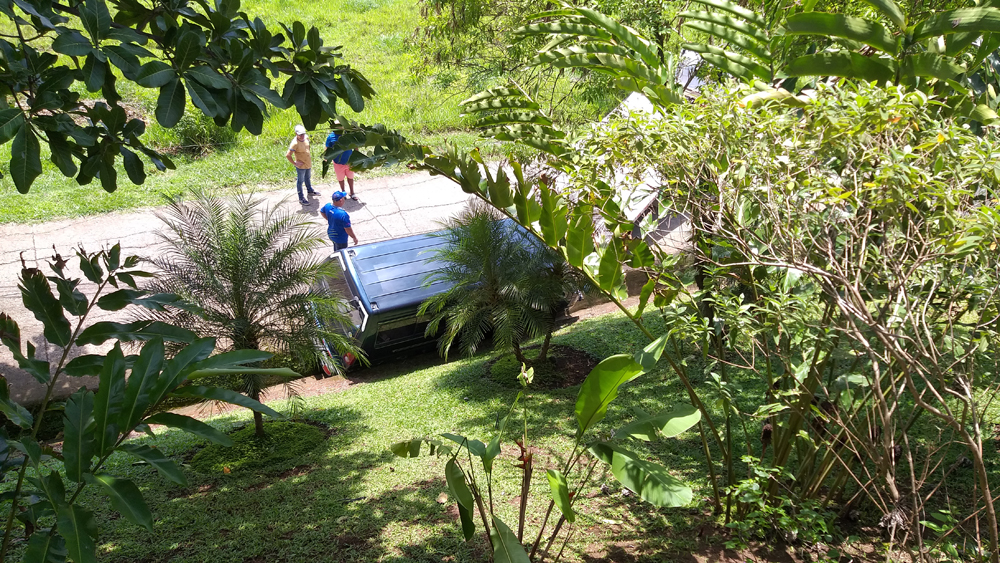
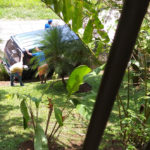
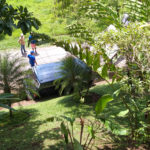

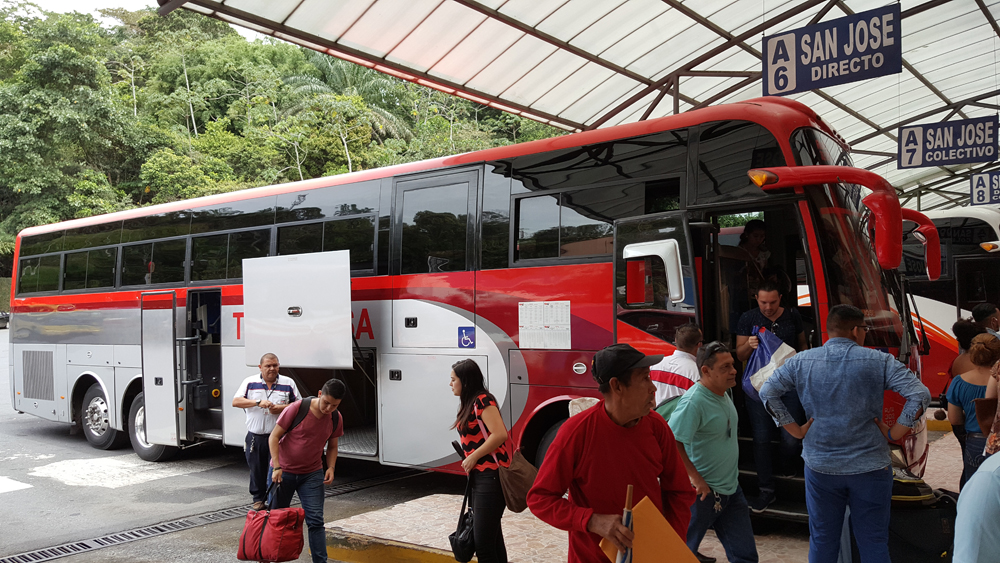

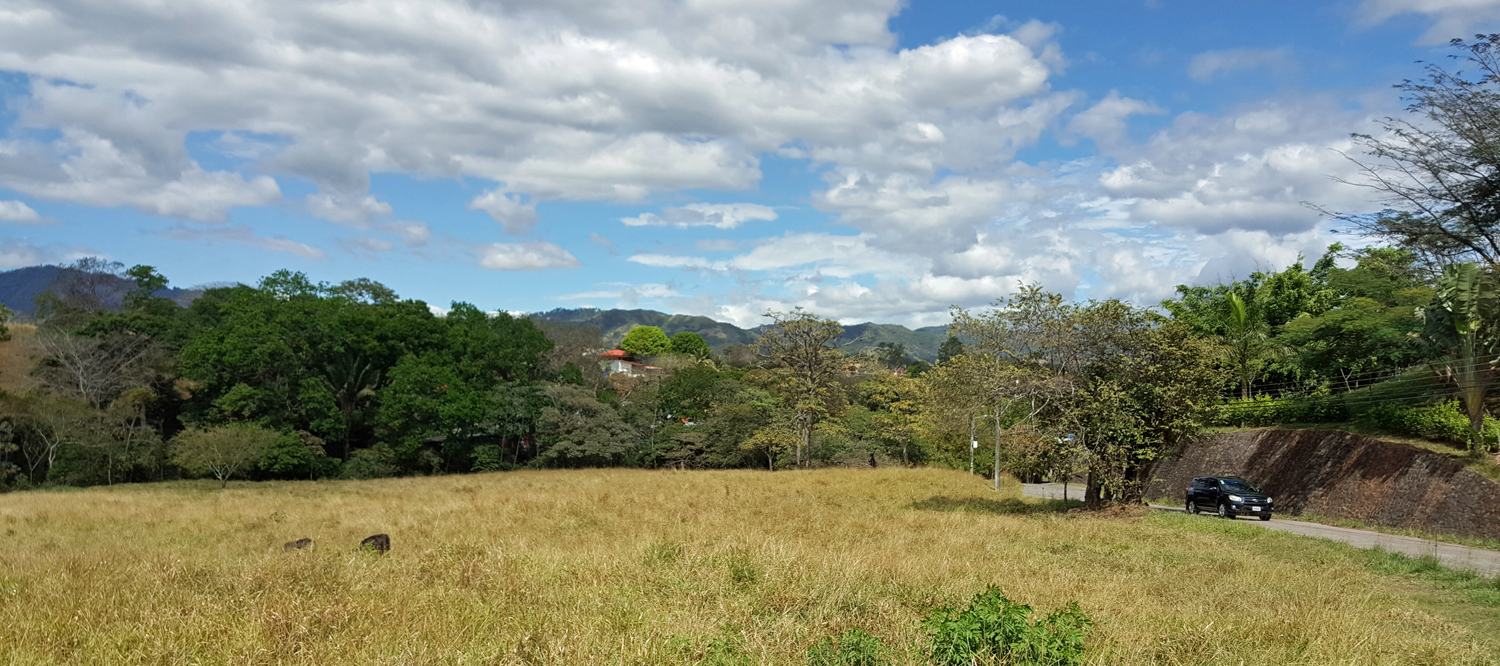
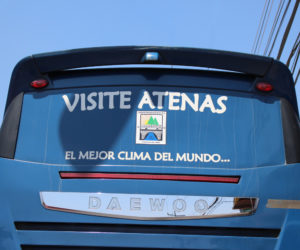 One reason for choosing the “Central Valley” area to live in my retirement in Costa Rica was the weather and more specifically Atenas is the weather, which averages around 72° year around and a National Geographic article writer once stated that Atenas has “the best weather in the world.” Thus on the back of all our buses is the slogan:
One reason for choosing the “Central Valley” area to live in my retirement in Costa Rica was the weather and more specifically Atenas is the weather, which averages around 72° year around and a National Geographic article writer once stated that Atenas has “the best weather in the world.” Thus on the back of all our buses is the slogan: 





